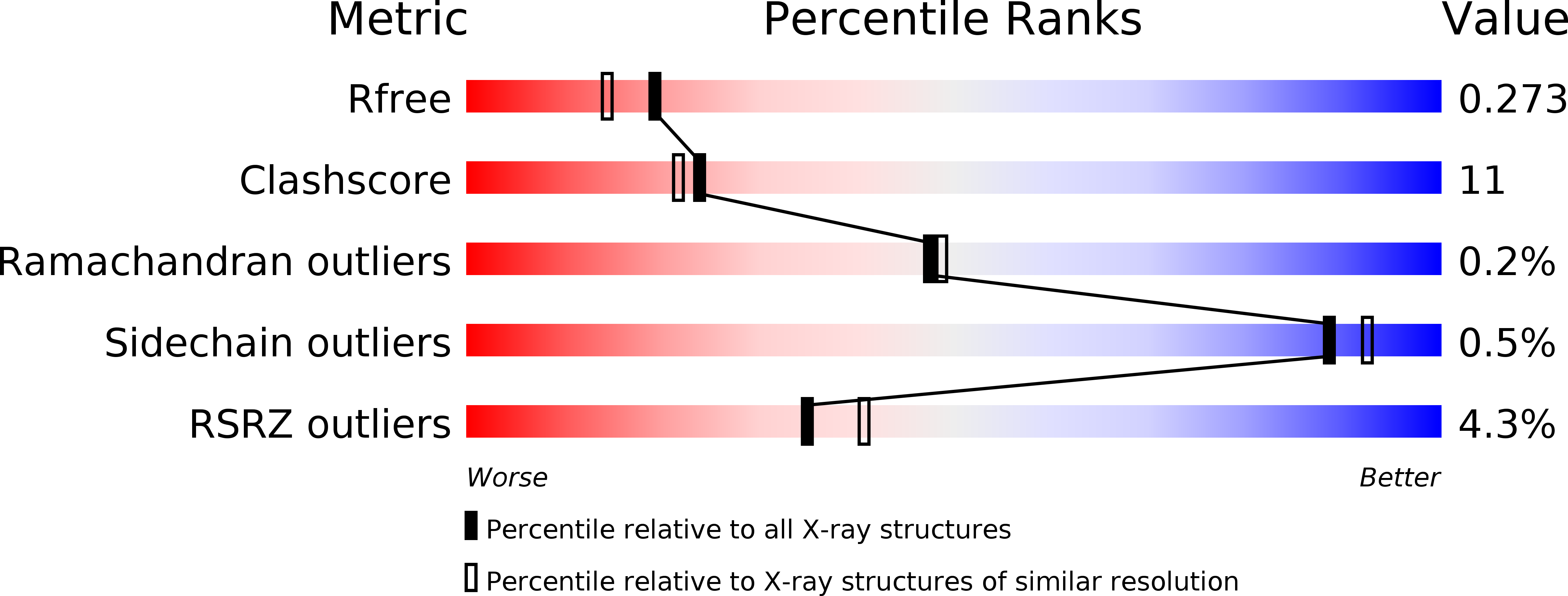
Deposition Date
2018-02-08
Release Date
2018-05-09
Last Version Date
2023-10-04
Entry Detail
PDB ID:
6CDK
Keywords:
Title:
Characterization of the P1+ intermediate state of nitrogenase P-cluster
Biological Source:
Source Organism:
Azotobacter vinelandii (Taxon ID: 354)
Method Details:
Experimental Method:
Resolution:
2.10 Å
R-Value Free:
0.26
R-Value Work:
0.23
R-Value Observed:
0.23
Space Group:
P 1 21 1


